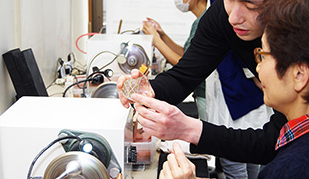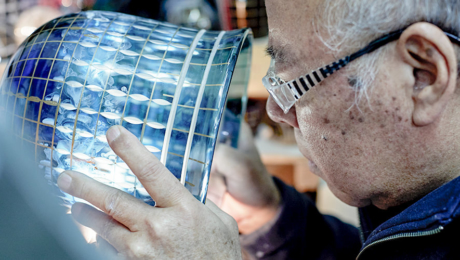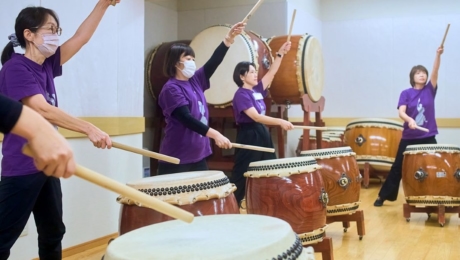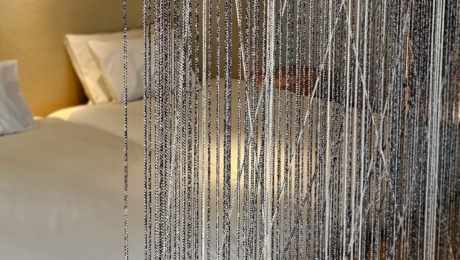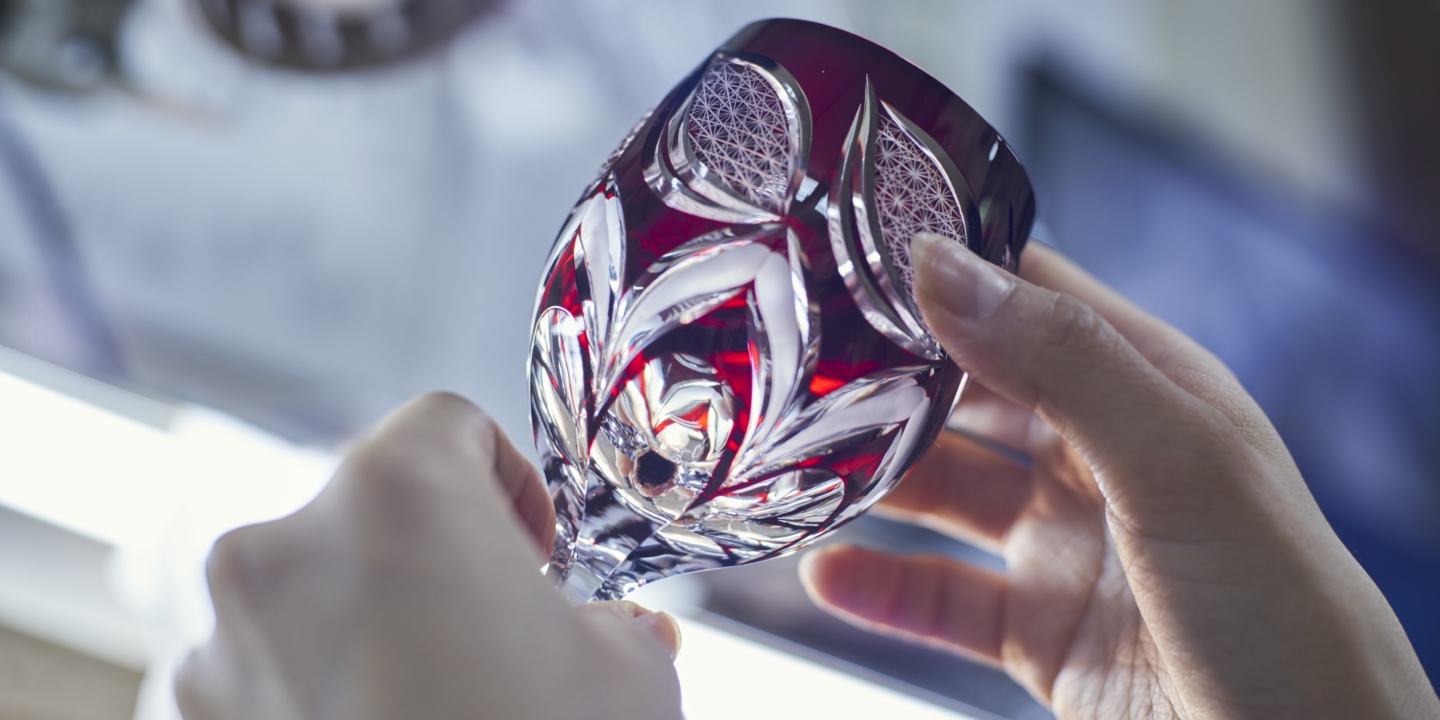
I feel that the best things of any age remain as traditional crafts
2019.09.05
LIFEThe CEO of Hanashyo, an Edo kiriko (hand-cut glass) workshop, is Chisato Kumakura, who is also in charge of other functions such as sales and marketing. She shares the following thoughts. “Among the foreigners we see, some come because they have been given one of our works as a present by a Japanese friend, so once they come to Japan, they want to visit our store. There are many others who, having been fascinated by a kiriko glass, maybe not one of ours, at a sushi shop, deliberately seek us out.”
Hanashyo enjoys widespread popularity because of things like the facets cut into the glass, which are more delicate than their rivals, and the greater variation in designs. “The machines we use now are different from the ones before, and the techniques are also different. Even people’s sensibilities gradually change. But we always try to give them the best. For example, there’s a time-honored pattern called kiku-tsunagi (chrysanthemum links), which has further evolved into the more delicate ito-giku-tsunagi (slender chrysanthemum links). Whatever is considered to be the best in its time, will probably remain as a traditional craft. I don’t think that tradition is simply inheriting the past unchanged.”
Hanashyo carries out everything in-house, from production to shop management and sales, and never sells on consignment. She also says that she employs artisans and shop staff from among students at an Edo Kiriko school supervised by the company. “I do this because I want people who work here to genuinely love Edo kiriko. It’s a great asset when even the people involved in sales know Edo kiriko inside and out. Because we take an integrated approach to manufacturing and retailing, we are not ordinary artisans, but people involved in a total service business ranging from making the products through selling them. In addition to manufacturing and selling products, we also offer the service of “learning” how to make Edo kiriko. The technology of Edo kiriko is all about the customer, which means that even the artisans should interact directly with the customers. That way of thinking might be rare today. I have been asked, “What about contracting sales to someone else?” But I feel that then it will be impossible to give considerate explanations about kiriko, and the culture won’t expand. Here, the artisans are learning a great deal as they consult with the customers during their work.” Smiling, he adds, “If you think that makes me feel grateful, you’re right!”
